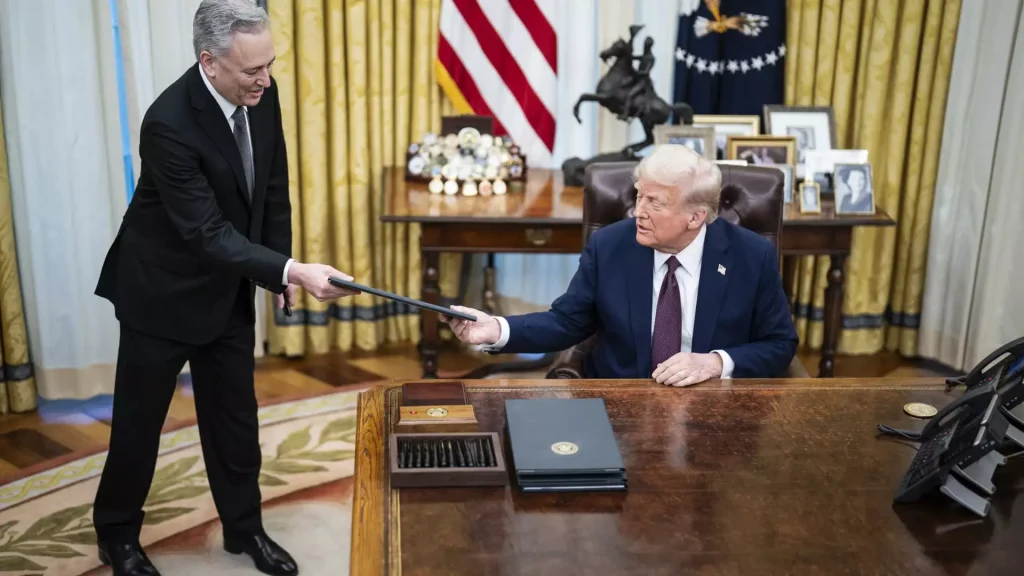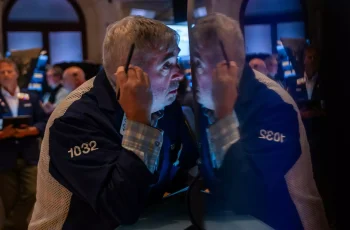President Donald Trump’s executive order to create a Strategic Bitcoin Reserve marks a significant shift in U.S. digital asset policy, positioning the country at the forefront of cryptocurrency evolution. This reserve, funded by bitcoins seized through criminal and civil forfeiture, raises ethical questions about the use of seized assets while asserting government control over the currency narrative.

Under the guidance of White House Crypto and AI Czar David Sacks, the reserve aims to protect taxpayers and reshape the monetary landscape. The U.S. government reportedly holds around 200,000 bitcoins, but the lack of thorough audits raises concerns about transparency and accountability. Clear communication with citizens is essential to prevent the initiative from becoming a political tool.
While the reserve primarily focuses on Bitcoin, the potential inclusion of alternative cryptocurrencies like Ethereum, Solana, and XRP has sparked skepticism among investors, including Bitcoin billionaire Tyler Winklevoss, who argues that only Bitcoin qualifies as a true store of value. This uncertainty could dilute Bitcoin’s status as a “global asset of consequence.”
Fintech investor Ryan Gilbert suggests that a bitcoin-only reserve would solidify Bitcoin’s position as the gold of the digital age, enhancing its credibility among institutions. However, the reserve must avoid speculative trading that could destabilize the market, emphasizing the need for careful governance.
This executive order not only transforms the digital currency landscape but also allows the U.S. to influence international cryptocurrency policy. Embracing Bitcoin reflects a broader ideological shift recognizing digital innovation’s role in finance. While this path carries risks, it challenges the status quo and encourages a necessary dialogue about the future of digital assets in an evolving world.


